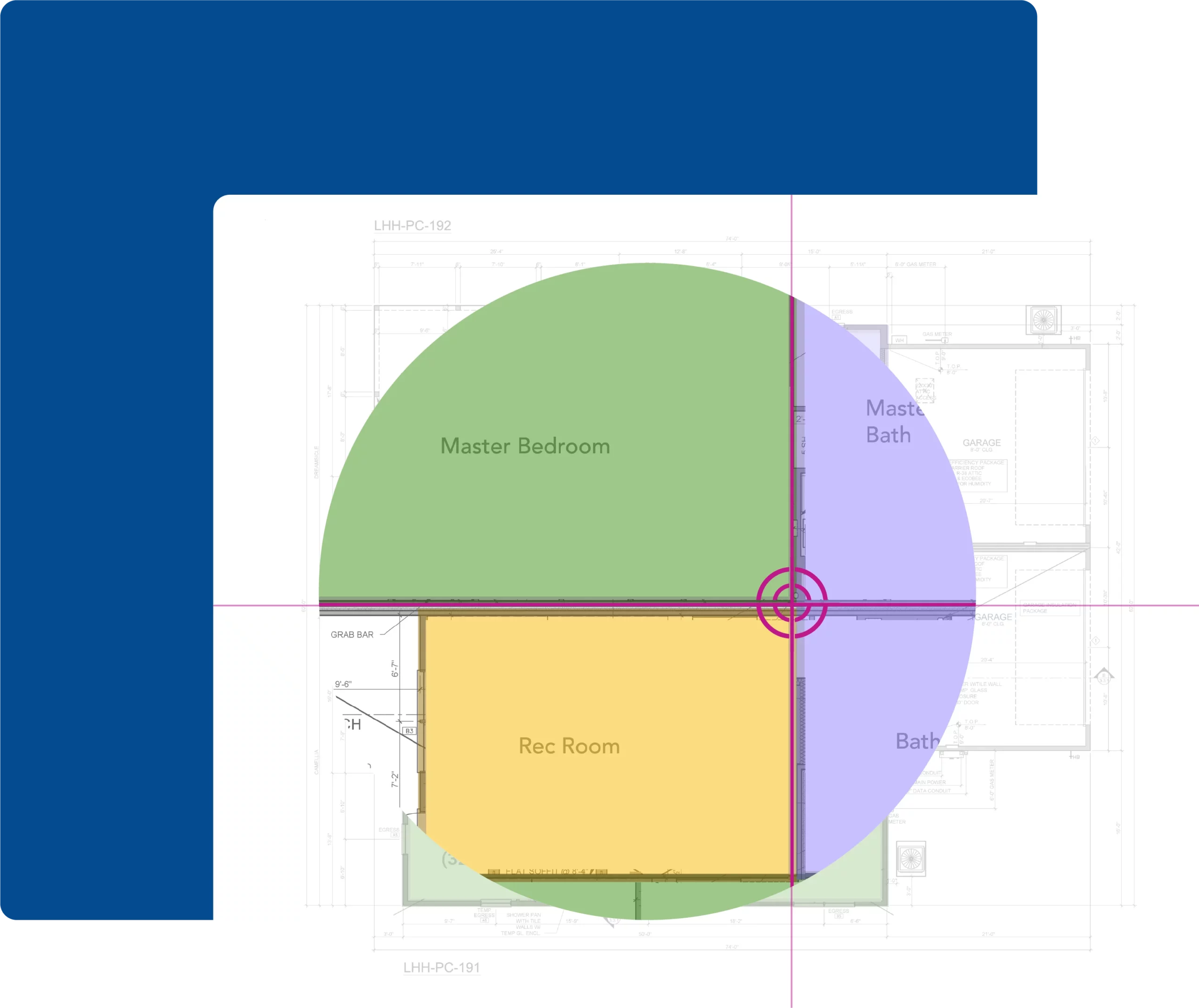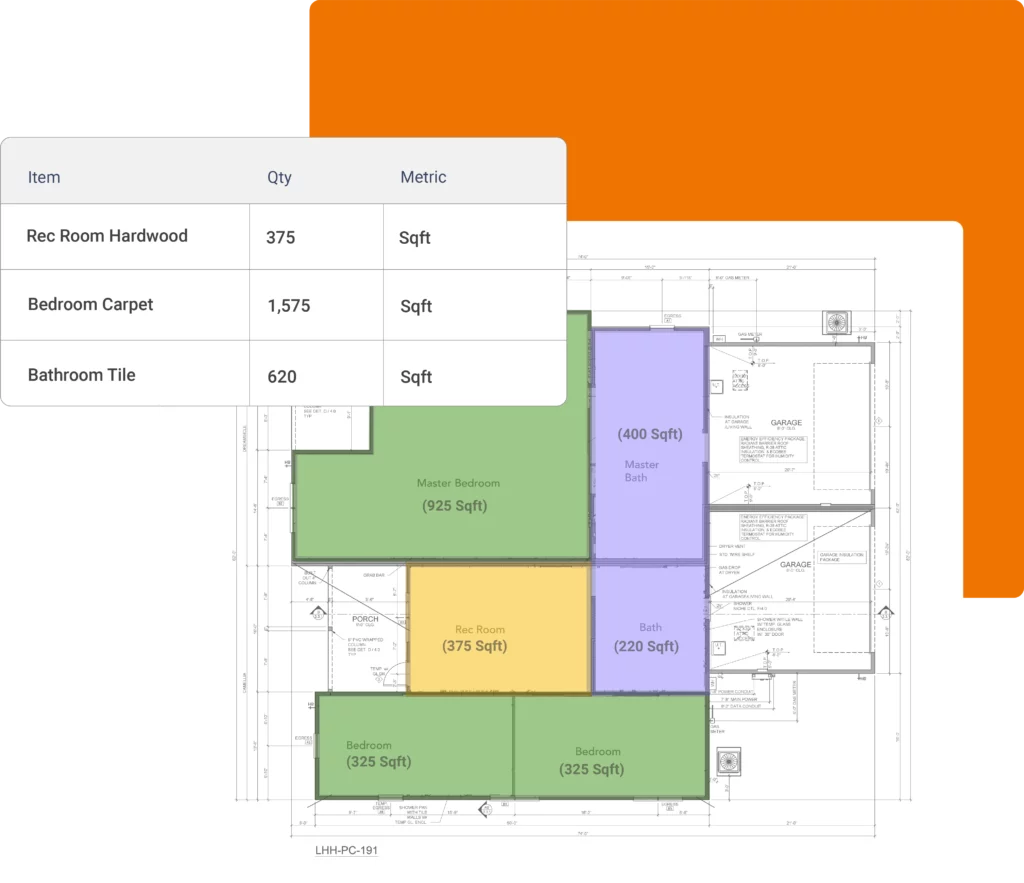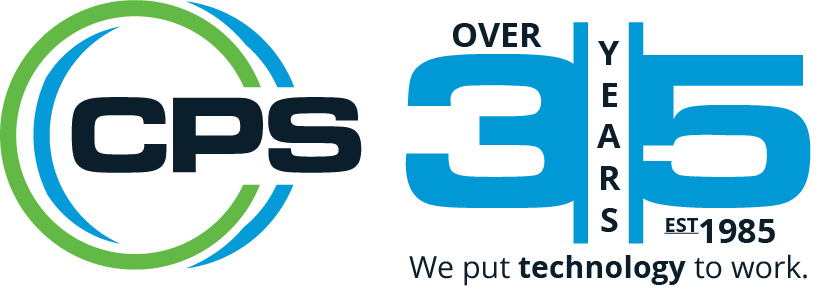Innovative Quantity Takeoff Methods
Dive into the world of construction with our comprehensive guide on quantity takeoff methods, exploring its significance, evolution, and the various techniques available today.

Introduction to Quantity Takeoff Methods
Quantity takeoff, a term synonymous with construction, is the foundation upon which megastructures and architectural wonders stand. It’s not just about counting bricks and beams; it’s about envisioning a project’s journey from start to finish. This meticulous process has undergone significant transformations, and this article will lead you through its fascinating evolution, current methodologies, and a glimpse into its future.
History and Evolution of Quantity Takeoff
Traditionally, the construction world depended heavily on blueprints, hand-drawn sketches, and manual calculations. Architects and engineers would huddle around these plans, using simple tools like rulers and calculators to gauge the materials needed. It was a time-consuming process, fraught with potential errors.
But as technology began seeping into every industry, the construction domain wasn’t left untouched. Computers brought about a revolution. Software tools that could automate quantity calculations while eliminating errors were developed. From manual tallying, the industry moved to digital estimations, changing the landscape of construction planning.
Importance in Construction and Remodeling
Why is quantity takeoff so crucial? It’s more than just a list of materials. It’s the essence of effective project management. An accurate quantity takeoff ensures:
- Budget Adherence: No unexpected costs or overruns
- Resource Optimization: Efficient use of material, reducing waste
- Timely Project Completion: Ensures materials are available when needed, preventing project delays
- Stakeholder Trust: Accuracy builds trust with clients and stakeholders
Types of Quantity Takeoff Methods
In today’s diverse construction landscape, professionals have a myriad of methods at their disposal:
Manual Quantity Takeoffs
Benefits
- Deep Project Insight: A hands-on approach gives a thorough understanding
- No Tech Dependency: No software crashes or technical glitches to worry about.
Drawbacks
- Time-Intensive: Requires longer to complete.
- Error Prone: Human errors can creep in.
Manual methods may seem archaic in today’s digital world, but they have their merits. Using physical tools like rulers, protractors, and printed blueprints, they provide a tangible, hands-on feel of the project. For many seasoned professionals, this tactile experience is irreplaceable.
Digital Quantity Takeoffs
Benefits
- Speed: Rapid calculations save time.
- Precision: Reduces chances of error significantly.
- Integration Capabilities: Can be synced with other project management tools.
Drawbacks
- Training: Requires expertise to operate software.
- Cost: Initial investment in software can be high..
Enter the realm of software solutions, where digital blueprints are assessed using state-of-the-art tools. These tools automatically detect, measure, and calculate quantities, bringing in unparalleled accuracy and efficiency.
The Process of Quantity Takeoff
Quantity takeoff is not a one-step process. It begins with understanding the project blueprints. Every nook, corner, wall, or window is taken into account. Professionals then identify the materials and components required. This is followed by estimating labor, machinery, and other resources. Every phase is critical to ensure the project’s success.
Tools and Software for Quantity Takeoff
From standalone software to integrated cloud solutions, the choices are vast. Tools like QuikQuote, AutoCAD, and CostX have transformed the way professionals approach quantity takeoff. With cloud integration, multiple stakeholders can collaborate in real-time, ensuring everyone is on the same page.
QuikQuote for Estimating and Takeoffs
($39 per seat)
Save time and boost your business with QuikQuote, a construction cost estimator designed for all residential trades professionals.

Features
Streamline your estimation process with QuikQuote. From initial takeoff to final bid management, our software is designed with the trades industry in mind. Make faster, more accurate estimates today.
- Construction Takeoffs: No unexpected costs or overruns
- Job Costing: Efficient use of material, reducing waste
- CRM for Contractors: Ensures materials are available when needed, preventing project delays
- Bid Management: Accuracy builds trust with clients and stakeholders
Quantity Takeoff Methods in Practice
Consider the construction of a skyscraper. Every floor, every window, every steel beam counts. In such projects, digital takeoff methods shine, enabling precision, speed, and efficiency. Whether it’s building a home or a commercial complex, the right takeoff method can make all the difference.
Future Trends in Quantity Takeoff
What’s next? As we step into the future, we see the rise of AI-driven tools, automated takeoffs, and an increased emphasis on sustainable, green building practices. The industry is poised for a technological leap, and those prepared will lead the way.
Tips for Effective Quantity Takeoff
The world of quantity takeoff is vast. But some universal tips can guide professionals:
- Stay Updated: Embrace the latest industry trends and tools.
- Continuous Learning: Regular training ensures you remain at the top of your game.
- Blend of Old and New: Sometimes, a combination of manual and digital methods brings the best results.
Conclusion
Quantity takeoff, with its rich history and promising future, remains an integral part of the construction industry. By blending traditional insights with modern tools, professionals can create architectural marvels, shaping skylines and landscapes for generations to come.
FAQs on Pre-Construction Planning
Questions or Concerns?
Contact Us Today!
